ZHCSFR4C DECEMBER 2016 – October 2017 TLV62569
UNLESS OTHERWISE NOTED, this document contains PRODUCTION DATA.
- 1 特性
- 2 应用
- 3 说明
- 4 修订历史记录
- 5 Pin Configuration and Functions
- 6 Specifications
- 7 Detailed Description
- 8 Application and Implementation
- 9 Power Supply Recommendations
- 10Layout
- 11器件和文档支持
- 12机械、封装和可订购信息
8.2.3 Application Performance Curves
VIN = 5 V, VOUT = 1.8 V, L = 2.2 μH, TA = 25 °C, unless otherwise noted.
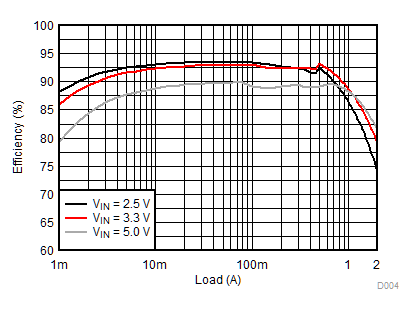
Figure 6. 1.2-V Output Efficiency
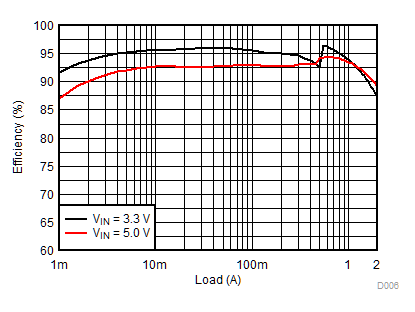
Figure 8. 2.5-V Output Efficiency
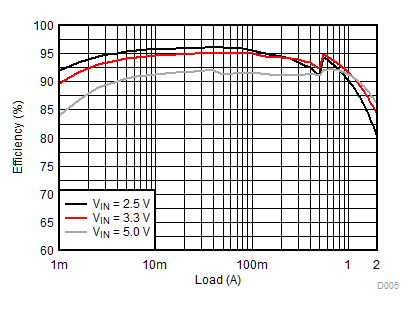
Figure 7. 1.8-V Output Efficiency
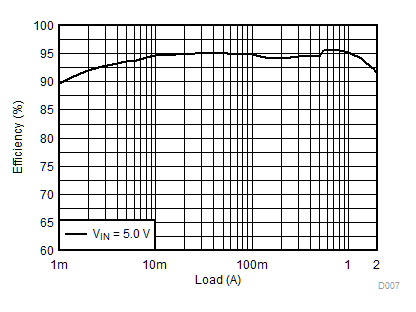
Figure 9. 3.3-V Output Efficiency
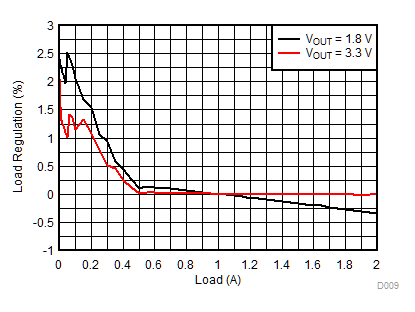
| VIN = 5 V |
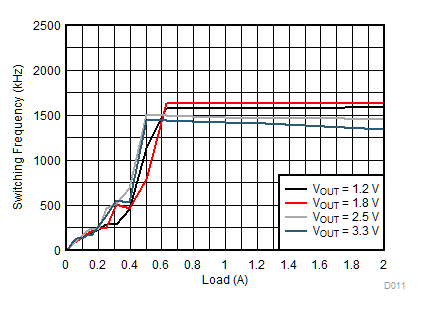
| VIN = 5 V |
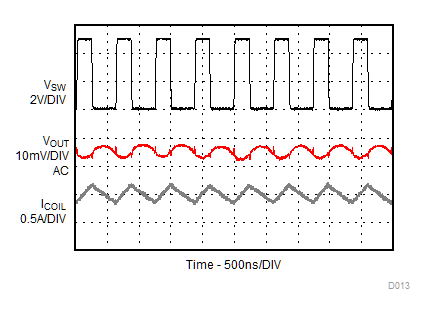
| IOUT = 1 A |
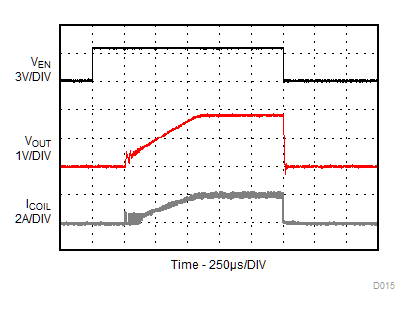
| IOUT = 2 A |
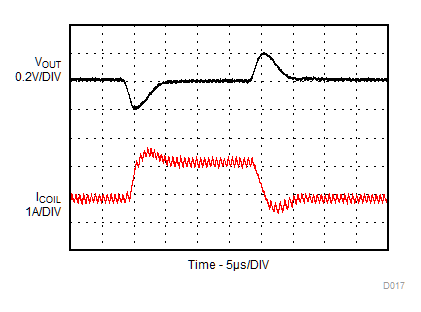
| Load Step 0.8 A to 2 A, 1A/μs slew rate | ||
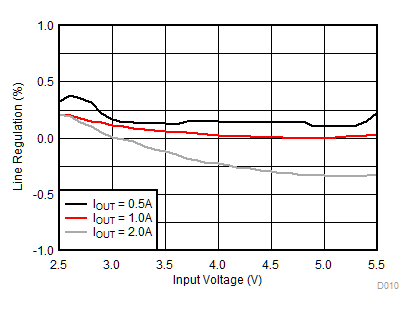
| VOUT = 1.8 V |
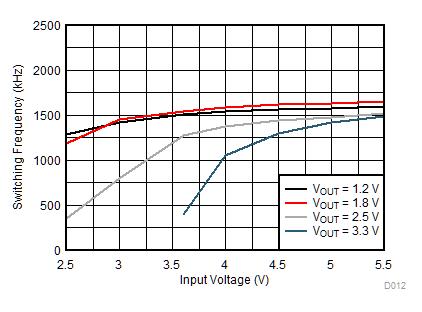
| IOUT = 1 A |
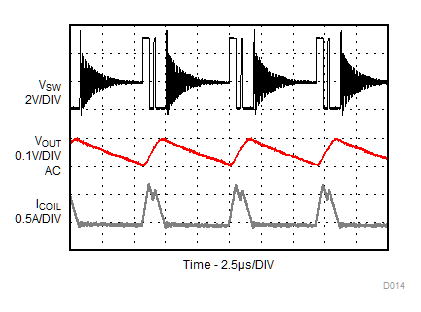
| IOUT = 0.1 A |
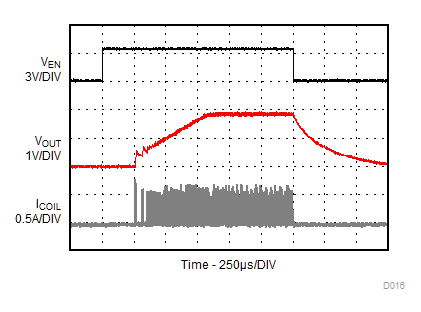
| IOUT = 0.1 A |
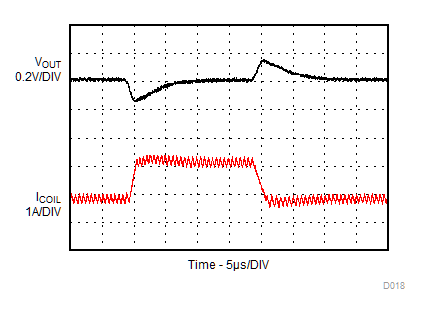
| Load Step 0.8 A to 2 A, 1A/μs slew rate | C3 = 6.8 pF | |